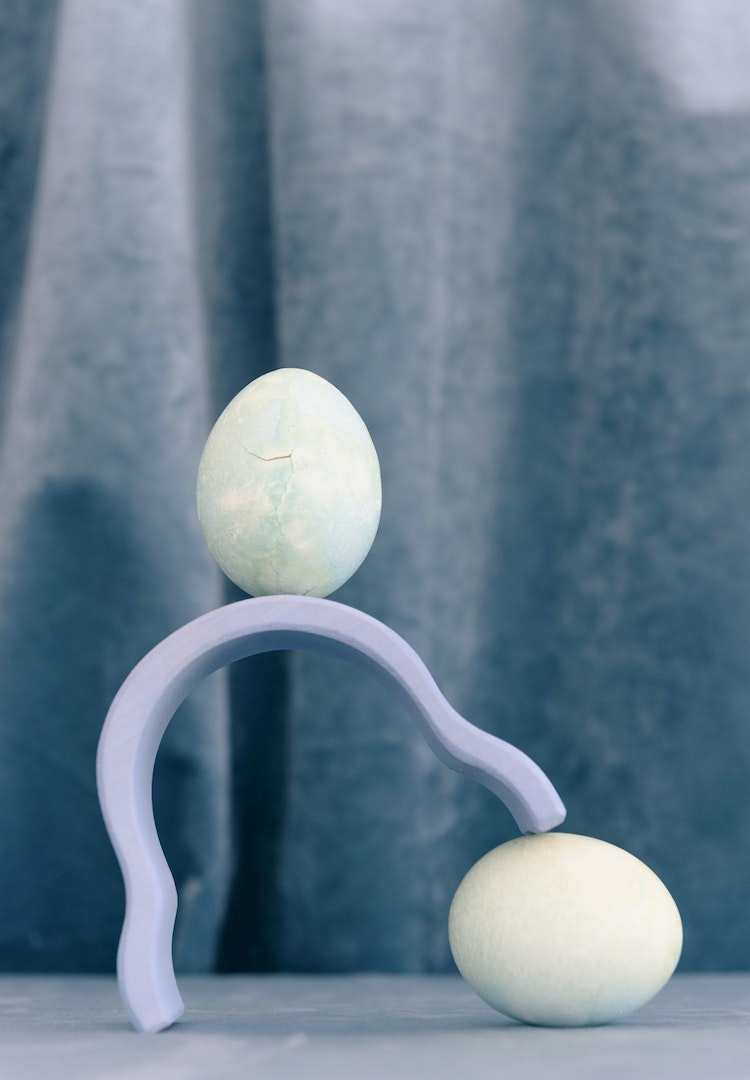I went to see a pelvic floor physio, here’s how it went
Words by Nina Miyashita
What to expect at your first appointment.
To start off, I’m running embarrassingly late. The traffic sucks, there’s torrential rain, and the street parking metre is broken. Needless to say, it’s a pretty anxiety-inducing start to my first-ever appointment with a pelvic physio, especially since I was nervous enough about even going in the first place.
I have recently gone to see a women’s health doctor about my menstruation, and I mentioned that I was also experiencing unusual levels of pain during sex. Having had vaginismus since I was 14 years old, I had become pretty used to varying degrees of dyspareunia (the medical term for painful intercourse).
For more on women’s and AFAB health, head here.
But it has been exceptionally bad lately, so the doctor was quick to refer me to an integrated pelvic physiotherapist she knew. Within the week, I was booked in for a consultation.
I have always considered myself pretty well-versed in matters of sexual health. I have consumed many an article or video on the topic, I follow a bunch of sexologists on Instagram, and I’m a sexually active woman who loves to discuss both the theory and the practice of sex with the people in my life.
But even then, I only have vaguely-formed ideas about the pelvic floor. All I really know is that it’s definitely important, specifically for a woman or someone with female anatomy, but it seems like the majority of people don’t know much more about it. I am clearly a good example of that.
When I walk into the practice room, I’m a mixture of emotions. Fearful for one, as this is unknown territory, and my body is already physically tensing up in anticipation.
But I’m feeling hopeful too – I’ve been racked with fear lately that I’ll never be intimate with my partner without pain again. I’ve been terrified that I’m broken, irreparable. That my body will never feel right or good.
I’ve been in therapy trying to work on the part of my vaginismus that is ultimately a psychological issue. But there is also, undoubtedly, a part of my vaginismus that is just as physical as it feels, and so far I haven’t had any answers for that. And I am really hoping this would be it.
To start off our first session, my physio gives me a much-needed explanation of the pelvic floor. She tells me, in short, the pelvic floor is a group of muscles, ligaments and nerves that support and surround your bladder, uterus (for those that have one) and bowel.
The pelvic floor holds the pudendal nerve (the major nerve that runs from your lower back, along your pelvic floor to your tailbone) and is responsible for contracting the muscles in this area.
But if your pelvic floor is in dysfunction – meaning it’s either too weak or too tight – this can lead to an array of issues in the affected areas. Pain in your uterus during sex is a key one.
She also asks me about my medical and physical history, and it’s one of the most comprehensive histories I’ve ever given. As an integrated pelvic physio, she bases a lot of her work on the idea that many parts of our body are interconnected, even things that seem far away from or unrelated to each other. At one point, she even takes a look at my mouth and jaw, commenting on the tightness and limited mobility I’m displaying there too.
Nothing happens in our body in isolation, she tells me. And the more she explains, the more obvious it becomes. We spend a lot of our time concerned with different areas of our body in turn, often neglecting to look at the bigger picture of our health, often forgetting the whole is greater than the sum of its parts.
She continues on, and after making sure I’m completely comfortable and safe, she does an internal physical examination. It’s a bit painful and stressful, but she makes me feel as calm as I possibly can be.
She works on some of the internal muscles, gauging my discomfort along the way and giving me some unique breathing exercises to do – they surprise me by just how much they seem to help.
After working internally, she turns to the external. She works on muscles in my glutes, legs and lower back, showing me how the nerves in my pelvic floor reach all the way to these areas. I realise I’m in pain in places that I never imagined I would be, and after some pretty extreme discomfort, I start to feel an incredible amount of relief. I’m fighting back tears of joy at this point, in total awe of all these things I didn’t know, and all the ways I can work on getting better.
No surprise, she confirms that my pelvic floor muscles are incredibly cramped and tight, and my nerves are in an abnormal amount of tension. But she’s nonplussed – she’s seen it before and there are things we can do to help. Cue some more tears of relief on my part.
There’s a variety of exercises she instructs me to do until I see her next, in about a month’s time. She also recommends some literature to read, gives me a few referrals to some other specialists and doctors if I ever need them, and we work through a treatment plan for next time.
In the session that follows, we decide to start on dilators. (If you’ve ever seen the Netflix show Sex Education, you might recognise these as the devices Lily is given to work on her own vaginismus.)
Dilators are plastic or silicone rod-like medical devices that you insert into your vagina to help stretch out the tissue gradually. You move up dilators in size as you become more flexible, and this can help to reverse extreme muscle tightness in this area and reduce associated pain.
The dilators are something I can take home with me as part of my other exercises; something I can do when I’m ready, in a private space. And despite any initial reservations or embarrassment I had about them, in conjunction with all the other things she has me do, it proves to be exactly what I need.
After a couple of sessions, I walk into the practice room, beaming. I still have a long way to go, and it certainly hasn’t been without some effort, but my partner and I are starting to have pain-free sex again.
Being able to take this first step back into our physical intimacy was what I needed to regain the confidence and reassurance to commit to my healing. xperiencing my body in this way again has been a wonderful reminder of the pain-free life I can, and deserved to, have.
My physio smiles back as I tell her all this, and she tells me how glad she is. Now, she says, let’s keep going.
For another account of what it’s like to have vaginismus, head here.













